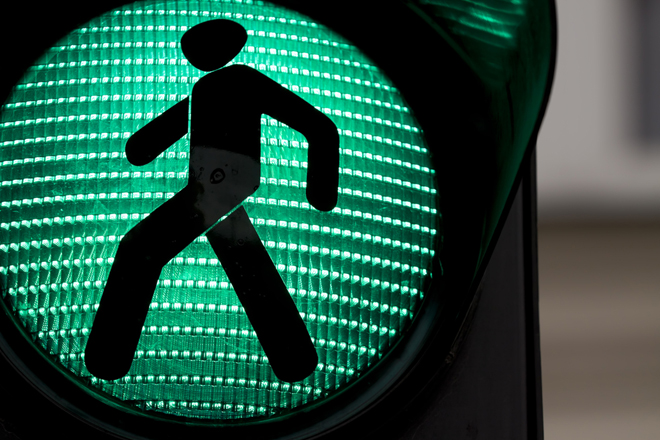The recent Federal budget announced $120 billion for investment in infrastructure. This offers the ability to improve health and health equity in our city by targeting changes that improve health. For instance we could use Ontario’s share of the money to make our cities more walkable. This may cut down pollution but in addition offers an easily accessible low cost form of exercise. The health benefits of walking as a form of exercise are well-documented. Research tells us that whether people walk or not is more about the environment and how connected points of interest are rather than individual motivation.
Giving everybody the opportunity to walk may improve health equity. There are a few key ways to design neighbourhoods so that they are more walkable.
1. If affordable housing is built near parks and transit, it connects those with lower incomes to valuable resources. This enables people to walk more in their daily lives, improving both physical and mental health.
2. Not only does our city need to be connected, it needs to be accessible too. Luke Anderson from Stop Gap says that four inches of a step can make a big difference to someone in a wheelchair. If we actively include everyone who uses our cities in thinking about these public spaces, we are less likely to marginalize certain groups of people. We want to ensure that the design of cities and neighbourhoods facilitate health benefits for everyone.
3. Walkable neighbourhoods must be at human scale, meaning that distances between destinations are walkable or accessible by transit. Most suburban neighbourhoods in Toronto were developed at the scale of the car. People who live in these neighbourhoods rely more on vehicles to get to work or run errands, and miss out on the benefits of walking. If we want to ensure these car-centered neighbourhoods become more walk-friendly, it becomes an issue of retroactively changing the neighbourhood over time, but also planning streets for people and not just for cars.
4. Land use mix and zoning policies and density must be designed. To be able to walk to places, mixed-use neighbourhoods with both residential and commercial zoning is important. This connects our homes to essential amenities like the grocery store, the doctor, and daycare. Walkability is a benefit of increased density. Having access to facilities such as grocery stores, recreation facilities, parks and retail, is not just linked to walkability but also to perceptions of safety in the neighbourhood. Jane Jacobs’ argued that having more “eyes on the street” creates safer spaces for people to walk and engage. Walkability is also associated with certain measures of social capital and enhances social interaction in the long term, which is good for health.
5. Increased street connectivity has been shown to increase walking as a means of transport. Street connectivity can be defined as the “number of four- or five-way intersections within a specified catchment area in a neighbourhood.” Having more intersections with proper pedestrian crossings enhances safety and can encourage people to walk.
There are, of course possible repercussions of creating denser, mixed-used neighbourhoods on those who currently live there and infrastructure investment and accessibility of public transit can lead to gentrification. So any plans would have to be mindful of how they produce mixed income development. This is what they did in Denver, Colorado. They foresaw the rising housing costs that would come with transit development and took action to preserve affordable housing in those areas. This action preserved affordable housing close to transit and offered opportunities for non-profits and small businesses to stay in the area.
As the funds from the federal budget come into play, we need to think about neighbourhoods that are walkable. If we do this holistically we can create new vibrant mixed neighborhoods that equitably improve the health of cities.
